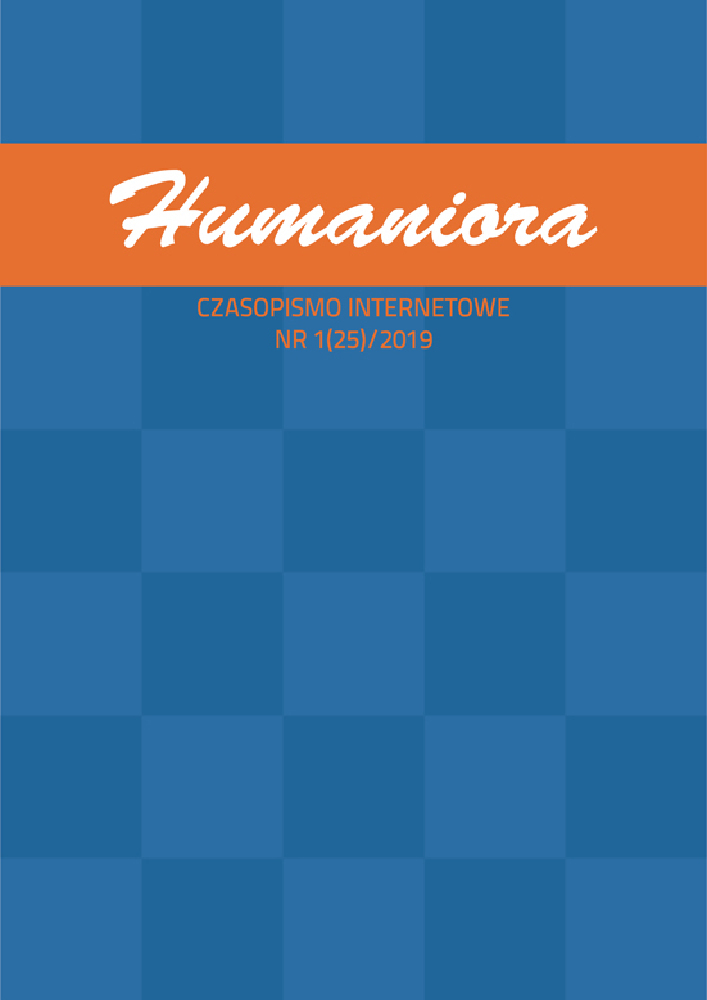Abstract
ISIS engages a wide array of new media tools: Facebook, Instagram, Twitter, YouTubeand other social media outlets.ISIS uses advanced knowhow, technological innovations, social media, and has even launched applications. This allows it to influence and recruit outside of its physical borders in Syria and Iraq. This paper will describe the various ends motivating ISIS’s usage of new media tools, such as worldwide propagation of ideology, recruitment of personnel and assets, establishing terrorist cells and guiding terror attacks.In addition, this paper will discuss ISIS’s ideology, the underlying religious jurisprudence dissonance and cyber-jihad – the use of technology and cyberspace to advance violent militaristic jihad against the perceived enemies of Islam.
References
Gurevitch M., Coleman, S. and Blumler, J.G., Political communication—Old and new media relationships, “The ANNALS of the American Academy of Political and Social Science” 2009, No. 625 (1).
Hoffman A., Schweitzer, Y., Cyber Jihad in the Service of the Islamic State (ISIS), “Strategic Assessment” 2015, No. 18 (1).
Hoffman A., The Islamic State’s Use of Social Media: Terrorism’s Siren Song in the Digital Age, in Y. Schweitzer, O. Einav (eds), The Islamic State: How Viable Is It, Institute for National Security Studies, Tel Aviv 2016.
Khawaja A.S., Khan, A.H., Media Strategy of ISIS: An Analysis. “Strategic Studies” 2016, 36 (2).
Riaz S., Effects of new media technologies on political communication. “Journal of Political Studies” 2010, No. 17 (2).
Scott J., Spaniel D., The Anatomy of Cyber-Jihad: Cyberspace is the New Great Equalizer, Institute for Critical Infrastructure Technology, Washington D.C. 2016.
Schori L.C., Cyber Jihad: Understanding and Countering Islamic State ropaganda, “GCSP Policy Paper” 2015, No. 2.
Siboni G., Cohen D., Rotbart A., The Threat of Terrorist Organizations in Cyberspace, “Military and Strategic Affairs” 2013, Vol. 5, No. 3.
Siboni G., Koren T., Cyberspace in the Service of ISIS, “INSS Insight” 2014, No. 601.
Siboni G., Cohen D., Koren, T., The Islamic State’s Strategy in Cyberspace, “Military and Strategic Affairs” 2015, No. 7 (1).
Sonkova M., Power of Words: When Terrorism Goes Viral, “Politikon. The IAPSS Journal of Political Science” 2016, Vol. 29, No. 215.
Soukup P.A. Political Communication, “Source Communication Research Trends” 2014, Vol. 33, issue 2.
Stern J. & Berger J. M., ISIS: The State of Terror, Harper Collins Publishers, New York 2015.
Stieglitz S. & Dang-Xuan L., Social media and political communication: a social media analytics framework. “Social Network Analysis and Mining” 2013, No. 3 (4).
Weimann G., New terrorism and new media. Wilson Center Common Labs, 13.05.2014, https://www.wilsoncenter.org/publication/new-terrorism-and-new-media
Al-Azhar Fatwa, Hacking U.S., Israeli Websites Is Permissible as Part of Electronic Jihad, 29.08.2008, http://cjlab.memri.org/uncategorized/al-azhar-fatwa-hacking-u-s-israeli-websites-is-permissible-as-part-of-electronic-jihad/
License
Czasopismo oraz wszystkie zamieszczone w nim materiały są powszechnie dostępne i mogą być wykorzystywane do celów naukowych, edukacyjnych, poznawczych i niekomercyjnych bez konieczności uzyskiwania każdorazowej zgody autorów i redakcji. Nadesłanie artykułu do publikacji traktowane jest jako zgoda autora na udostępnienie swojej pracy i informacji w niej zawartych do powyżej wymienionych celów. W takich przypadkach należy jedynie wskazać źródło, z którego zaczerpnięte zostały informacje. Pobieranie opłat za dostęp do materiałów zawartych w czasopiśmie lub ograniczanie do niego dostępu jest zabronione.
Przesyłane do redakcji teksty muszą stanowić oryginalne prace, uprzednio nigdzie niepublikowane ani nie przedkładane innym redakcjom lub wydawcom. Autorzy nadsyłanych artykułów ponoszą odpowiedzialność za uzyskanie zezwoleń na publikowanie materiałów, do których prawa autorskie są w posiadaniu osób trzecich. Publikacja materiałów chronionych prawem autorskim jest możliwa pod warunkiem uprzedniego dostarczenia przez autora do redakcji pisemnej zgody właściciela praw autorskich.




